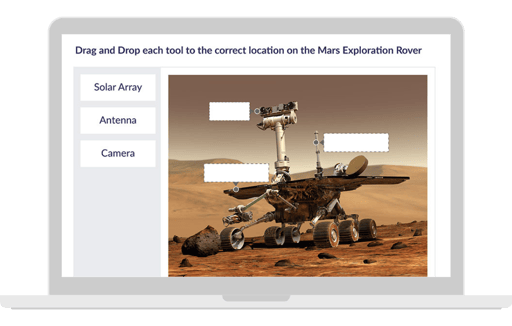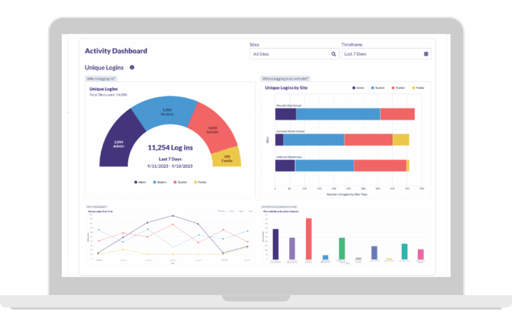Maximize Student Growth While Saving Educators Time
With a tool that supports assessment, grading, data & analytics, and progress monitoring – all in one place.

.png?width=1128&height=720&name=Platform-Hero-Image-2%20(1).png)

Your K-12 Assessment, Data, and Insights Solution





Assessments
Simplify student assessment with thousands of pre-built, standards-aligned options from K-12 programs, or create custom assessments using interactive questions, rubrics, an AI-powered question generator, auto-scoring, and more.

Grading & Reporting
Streamline grading with a gradebook that reflects your district’s scale and standards. Assess students with rubrics and aligned assessments, deliver actionable feedback, and track mastery to guide next steps.

Data & Analytics
Access all student data in one place with automated sharing from partners like NWEA MAP and DreamBox. Generate real-time reports, visualize trends, and the quality of assessment questions. Share insights with PLCs and identify students needing intervention or enrichment.

Progress Monitoring
Track student progress toward any goal—academic, social-emotional, behavioral, or personalized learning—using custom plans that follow students year to year. Enable all stakeholders to add updates and notes, including families and students, so they can actively engage in the learning journey.


Assessments
Simplify student assessment with thousands of pre-built, standards-aligned options from K-12 programs, or create custom assessments using interactive questions, rubrics, an AI-powered question generator, auto-scoring, and more.


Grading & Reporting
Streamline grading with a gradebook that reflects your district’s scale and standards. Assess students with rubrics and aligned assessments, deliver actionable feedback, and track mastery to guide next steps.


Data & Analytics
Access all student data in one place with automated sharing from partners like NWEA MAP and DreamBox. Generate real-time reports, visualize trends, and the quality of assessment questions. Share insights with PLCs and identify students needing intervention or enrichment.


Progress Monitoring
Track student progress toward any goal—academic, social-emotional, behavioral, or personalized learning—using custom plans that follow students year to year. Enable all stakeholders to add updates and notes, including families and students, so they can actively engage in the learning journey.
See How Otus Supports Student Growth
Watch the video to get a closer look at the tools and insights Otus provides educators, students, and families.
Otus Serves the Entire School Community
How K-12 Leaders Drive Success with Otus
Bulloch County Schools’ Journey to Better Data and Assessment
How Data Shapes Decisions at Papillion La Vista Community Schools
Insights from Wilmot High School’s Shift to Standards-Based Grading
Discover What Otus Can Do for Your School
See firsthand how Otus unifies data, assessment, progress monitoring, and grading to support student success and save educators time—while providing world-class support customer care every step of the way.


